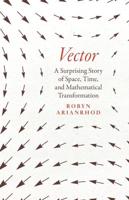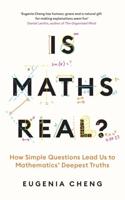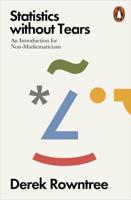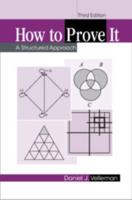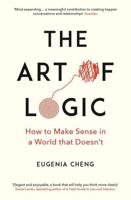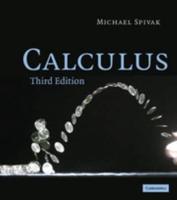Publisher's Synopsis
Partial differential equations (PDEs) are a central concept in mathematics. Their power lies in their universality: there is a huge and ever-growing range of real-world phenomena to which they can be applied, from fluid mechanics and electromagnetism to probability and finance. This is an enthusiastically and clearly written guide to the theory and applications of PDEs. Its central aim is to set out, in an informal yet rigorous manner, a mathematical framework within which to assess any given PDE. Space is devoted as much to explicit methods of solution as to more general qualitative ideas, the most important of which is the concept of well-posedness. This attribute is vital in deciding the accuracy to which the problem can be solved numerically, and it becomes increasingly important as the power of computer software grows. Prerequisites here have been kept to a minimum: some familiarity with ordinary differential equations, functions of a single complex variable, and the calculus of functions of several real variables are all that is needed.;This book is intended for final year undergraduates and graduate students in applied mathematics and engineering.




